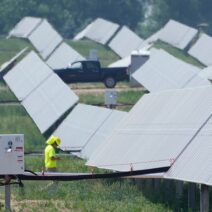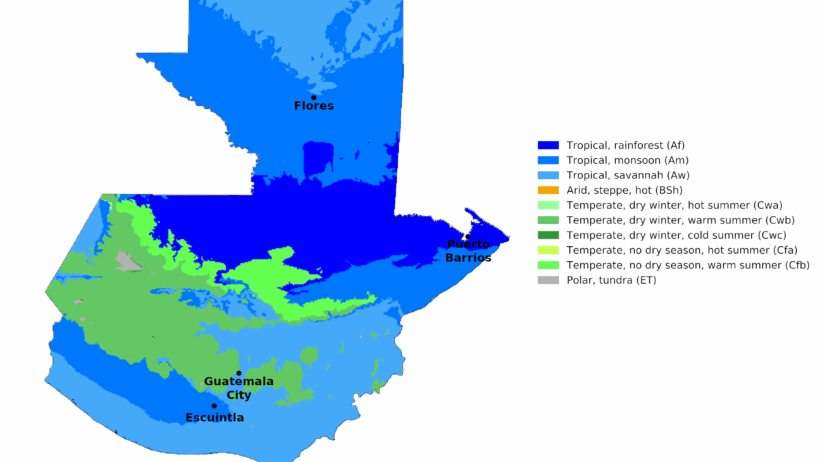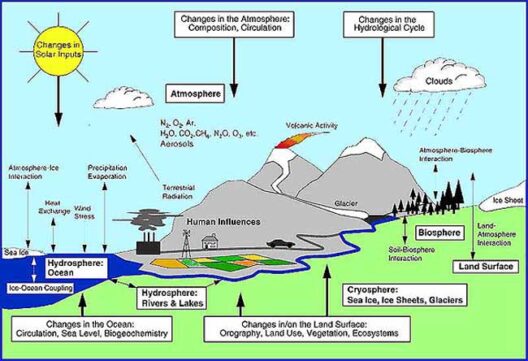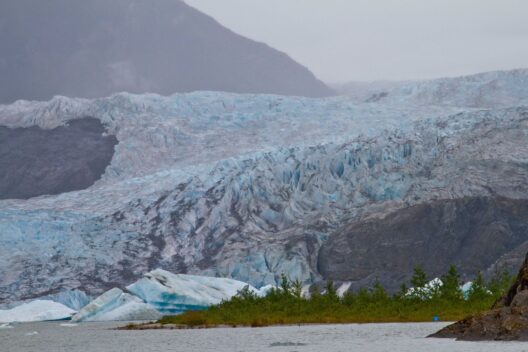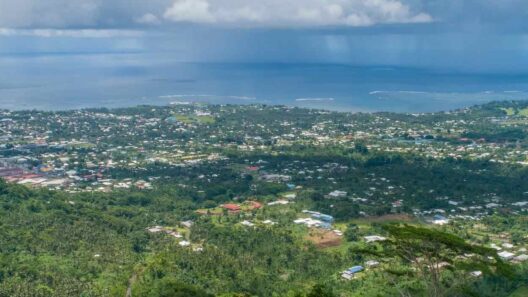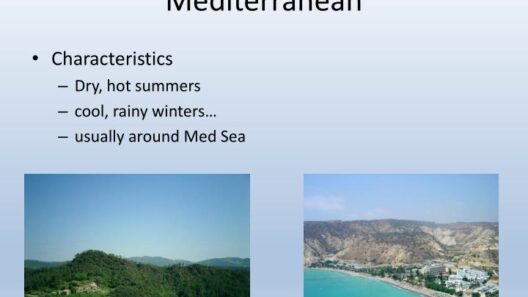Guatemala, a country cradled between the Pacific and the Caribbean, offers a tapestry of climates that alternately baffles and captivates observers. This Central American gem is characterized by its diverse geography, which intricately weaves together highlands, jungles, and dry valleys, each supporting unique ecosystems and influencing the lives of its inhabitants. To truly appreciate the climate of Guatemala is to delve deep into the interplay between elevation, topography, and the resultant weather patterns that distinguish this vibrant nation.
The highlands, often shrouded in mist and mystery, rise majestically above the lowland plains. This region is replete with towering volcanos and rolling hills, creating a microclimate influenced heavily by elevation. As one ascends, temperatures plummet, transforming what was once a sweltering landscape into a cooler, temperate haven. Here, the climate is synonymous with wetter conditions. The juxtaposition of cool breezes and radiant sun creates a fertile environment, conducive to the cultivation of coffee, corn, and a plethora of vegetables. It is crucial to recognize how altitude modifies precipitation patterns, as orographic lift tends to conjure rain clouds that descend upon the higher elevations, while desiccation reigns in the low valleys.
Transitioning from the highlands, one finds the jungles. These regions, predominantly located in the north and in areas bordering the Caribbean, present another dimension of Guatemala’s climate. Lush tropical forests, teeming with biodiversity, characterize this section of the country. High humidity and temperatures that rarely dip below 70°F foster an environment where myriad species flourish. The jungles are replete with ancient trees, vibrant flowers, and an orchestra of wildlife that contributes to the ecological richness of the region. However, the jungle’s allure is underscored by its fragility. Deforestation, largely driven by agriculture and urban expansion, threatens to dismantle this delicate ecosystem, illustrating a pressing need for sustainable practices and conservation efforts.
Furthermore, the dry valleys, often overlooked in discussions of Guatemala’s climate, present a stark contrast to the highlands and jungles. These arid regions are not only critical for agriculture but also grip the attention of anthropologists and historians, as they bear witness to the challenges faced by ancient civilizations. Here, the climate is semi-arid, characterized by seasonal variations that dictate the rhythm of life. Hardy crops such as millet and beans are cultivated, demonstrating resilience in the face of climatic adversity. The inhabitants of these valleys have honed their agricultural techniques over generations, adapting to the scarcity of water and the whims of weather with ingenuity. The creation of micro-irrigation systems and rainwater harvesting techniques serves as a testament to human resourcefulness in mitigating environmental limitations.
A keen observer may notice an underlying theme within Guatemala’s climate: the coexistence of extremes. The highland’s misty heights, the jungle’s verdant depths, and the dry valleys represent a spectrum that invites reflection. How does such climatic diversity inform cultural practices and societal structures? The answer lies in the recognition that climate shapes not merely the environment but the very fabric of daily life. In highland communities, the temperature dictates traditional dress, while agrarian practices in dry valleys are a response to the harsh realities of limited rainfall. In the jungles, the abundance of resources fosters unique spiritual practices and biodiversity conservation efforts, revealing a profound connection between climate and culture.
This engagement with Guatemala’s climate also calls for scrutiny of the socio-political implications. As climate variations intensify due to global warming, the existing disparities between the highlands, jungles, and dry valleys stand to be exacerbated. Access to resources, education, and infrastructure presents a complex picture; while some regions thrive due to their fertile soils and favorable climates, others languish, often exacerbated by systemic inequities. The challenges faced by various communities are emblematic of larger global narratives regarding environmental justice, climate change adaptation, and sustainable development.
Moreover, Guatemala’s climate is inherently tied to its geological identity. Volcanic activity not only sustains the rich, fertile soils of the highlands but also poses significant risks. The unpredictable nature of volcanic eruptions, combined with the potential for landslides during the rainy season, compels local populations to grapple with both the bounty and peril offered by their unique geography. Thus, resilience becomes a central theme, reflecting the determination of communities to navigate these climatic intricacies.
In conclusion, Guatemala’s climatic landscape is much more than a mere compilation of highlands, jungles, and dry valleys. It represents a microcosm of ecological diversity that challenges observers to engage with the interplay between environment and culture, social justice, and sustainability. To understand and appreciate Guatemala’s climate is to appreciate the intricate balance between natural forces and human innovation. While the allure of its vibrant jungles and majestic highlands is undeniable, it is the legacy of resilience and adaptation that will ultimately define the relationship between the Guatemalan people and their shifting, multifaceted climate.


